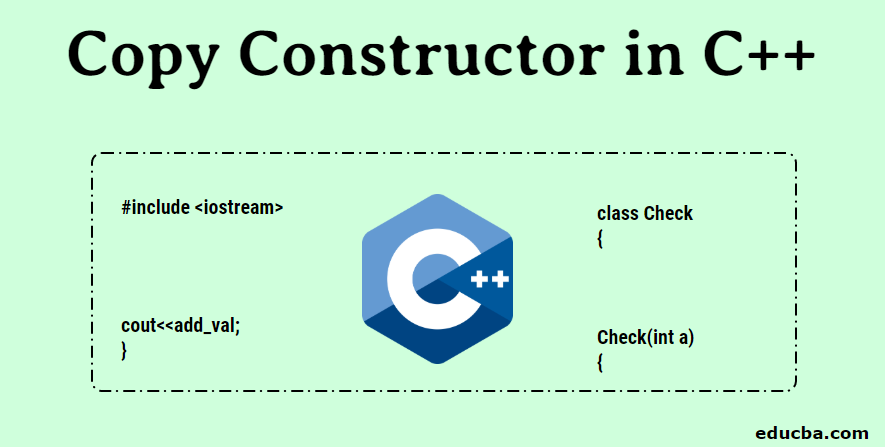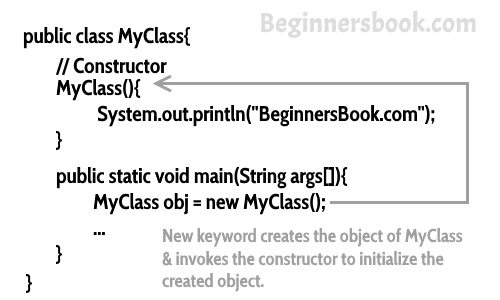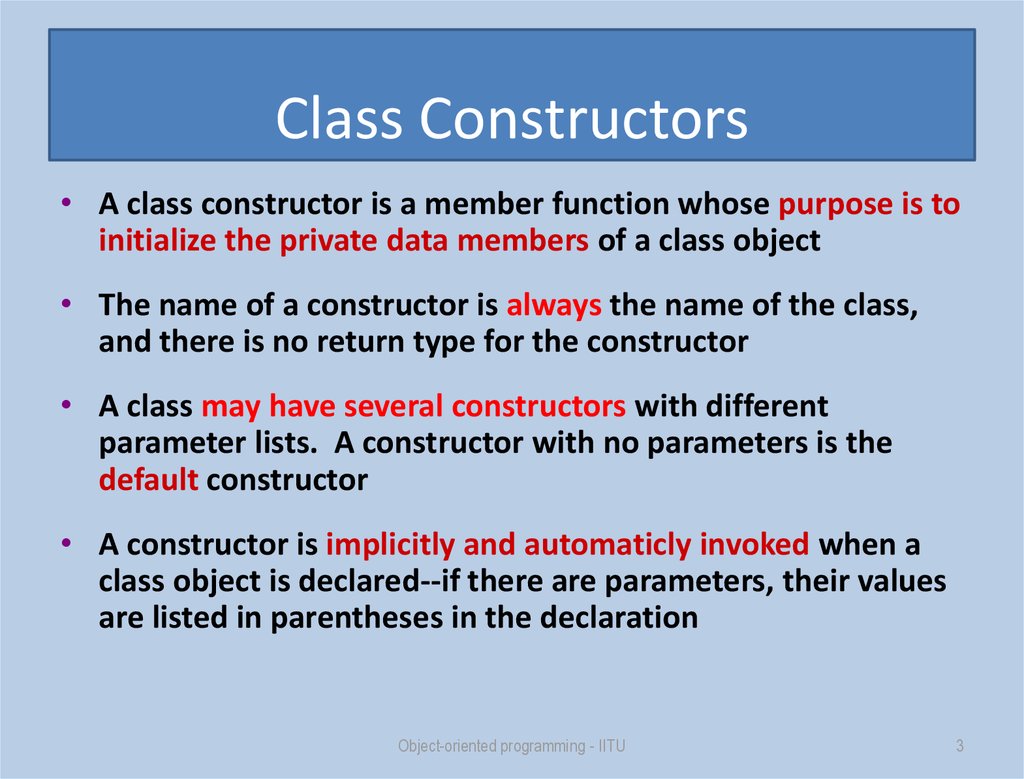


To correctly call other constructors from the class constructor, you must adhere to the following requirements (restrictions): What constraints (requirements) are imposed on calling other constructors from the class constructor? ĬPixel cp1 = new CPixel(2,8) // calling the constructor with 2 parametersĬPixel cp2 = new CPixel(3,5,8) // calling the constructor, which calls another constructore intd
Default constructor code#
Using the CPixel class in another code (method). this(_color) // second call of the constructor is forbidden this. call the constructor with 2 parameters: only the first operation and only once is called this(_x, _y) constructor with 3 parameters, which calls the constructor with 2 parameters internal variables of class private int x, y // coordinates of pixel private int color // a color of pixel // constructor without parameters (default constructor) A class that implements a pixel on the monitor screen public class CPixel

The example demonstrates the use of the CPixel class, which implements a pixel on the monitor screen. For this, the ‘this’ keyword is used, which is a reference to the current class.Įxample. The Java programming language allows you to call the constructors of a class from another constructor of the same class. Calling constructors from other constructors. declaration of a constructor with 1 parameterĪfter such implementation, you can create an instance of the class using two constructors, for example CM圜lass mc = newCM圜lass() // the default constructor is calledĬM圜lass mc2 = new CM圜lass(5) // the constructor with 1 parameter is called

explicit declaration of the default constructor In order to have a default implementation of the constructor and declare a class object using the default constructor, it must be explicitly defined. However, you can declare an object using a constructor with 1 parameter // compilation error, because another constructor has already been declared in the class // CM圜lass mc = new CM圜lass() ĬM圜lass mc2 = newCM圜lass(7) // it worksĪs a result of the above lines, a compilation error will occurs: The constructor CM圜lass() is undefined declaration of a constructor with 1 parameter, // the default constructor is no longer automatically generatedĪfter the above implementation, you can not declare an object using the default constructor. If you add at least one other constructor to the body of the CM圜lass class (for example, a constructor with one parameter), then the default constructor will not automatically be generated classCM圜lass The above code means that you can declare a class object using the default constructor: // It works because the class does not implement any constructors In the next class declaration, the default constructor is generated automatically class CM圜lass If the class contains an implementation of at least one constructor with parameters, then to declare the default constructor, it must be explicitly specified in the class.įor example. That is, the default constructor is automatically generated in the class only if the class does not contain implementations of other constructors. If the class does not declare any constructor, then the default constructor will be generated. In some cases, the default constructor is generated in the class automatically? Example In the most general case, for the ClassName class, the default constructor is as follows: classClassName The default constructor can be declared explicitly in the class or generated automatically. The default constructor is a constructor without parameters.


 0 kommentar(er)
0 kommentar(er)
